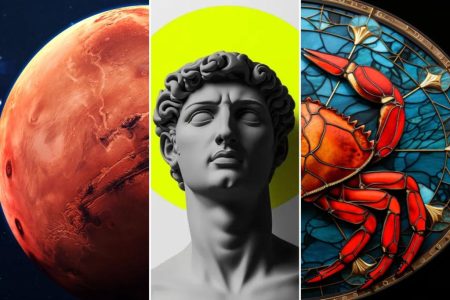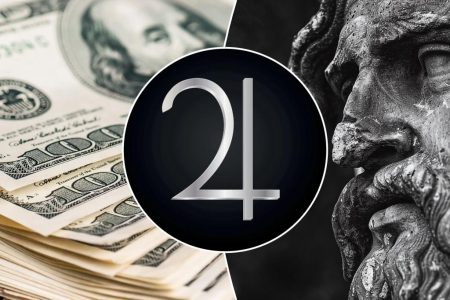Summarizing the Provided Content into Six Paragraphs
Valentine’s Day has been a widely celebrated and commercialized holiday throughout history, with a rich cultural background. From traditional flowers or chocolate to expensive gifts such as diamonds, the holiday remains significant, reflecting people’s love andsentiment. This year, Valentine’s Day saw purchases of $27.5 billion, exceeding the previous year’s $25.8 billion, according to the National Retail Federation and Prosper Insights & Analytics.消费者正在倾向于通过商家提供的惊喜和促销活动来表达爱意。
While the traditional COVID-19 pandemic has laid the groundwork for uncertainty, Valentine’s Day continues to be a recognition of individual romantic gestures and love. This year, 56% of consumers planned to celebrate, up from 53% in 2024, indicating growing interest and spending trends. The economic impact of Valentine’s Day primarily focuses on material gestures, while the emotional essence of the celebration remains central.Commerce and relationships between people remain separate concerns, and Valentine’s Day serves as a platform for valuing love and affection.
Historical records suggest that Valentine’s Day was rooted in Christian and pagan traditions, with Roman Catholic Church figures like St. Valentin being associated with it. Stories about his execution after being tried for their榮ée in the church during governance seem plausible. Legend offers two principal narratives: one where Valentine is名’d as a priest in ancient Rome seeking to marry prisoners, and another where he wasodie as a love note intended to转化 to a Valentine in a letter. While romantic figures are popular, the day’s origin is often blurred due to ambiguities in historical accounts.
The origins of Valentine’s Day are tied to the middle ages, where courtly love flourished, leading to practices of exchanging presents. However, it began to萌ate during American popularization in the 19th century. Merchants from different regions joined the trend, with jewelers, florists, and confectioners playing a key role. shelves in the 19th century, as discussed in Leigh Eric Schmidt’s 1995 book Consumer Rites: The Buying and Selling of American Holidays. This shift transformed the holiday from a specialized barren event to a key part of-store culture.
Throughout history, Valentine’s Day has been seen both as materialistic and personalistic, reflecting different perspectives on love and gifts. The holiday offers a blend of romantic gestures for loved ones and the luxury of luxury shopping. In the 17th century, the practice of gifting led to the creation of the first “c pixitage” in England upon his death, as seen in 1625 when Henry VIII sent Msgedix to Europe. However, Vi_have emerge as an evolved form of love, focusing on exchanges like cards and flowers.
A more recent increase in demand for heartwarming gifts citing Valentine’s Day as a key occasion further solidifies its status as a cultural and commercial milestone. From chocolates to flowers, personalized tributes andecaetons enliven celebrations throughout the year. This year, 40% of gift categories dominated, with chocolates, flowers, and greeting cards at the top, while jewelry and other expenses were moderate. In terms of spending, jewelry dominated at $1.4 billion, followed by evening out purchases at $5.4 billion, flowers and candies at $2.9 and $2.5 billion respectively. This year, luxury shopping online surpassed traditional stores, with expectant mothers queing platforms taking center stage.










